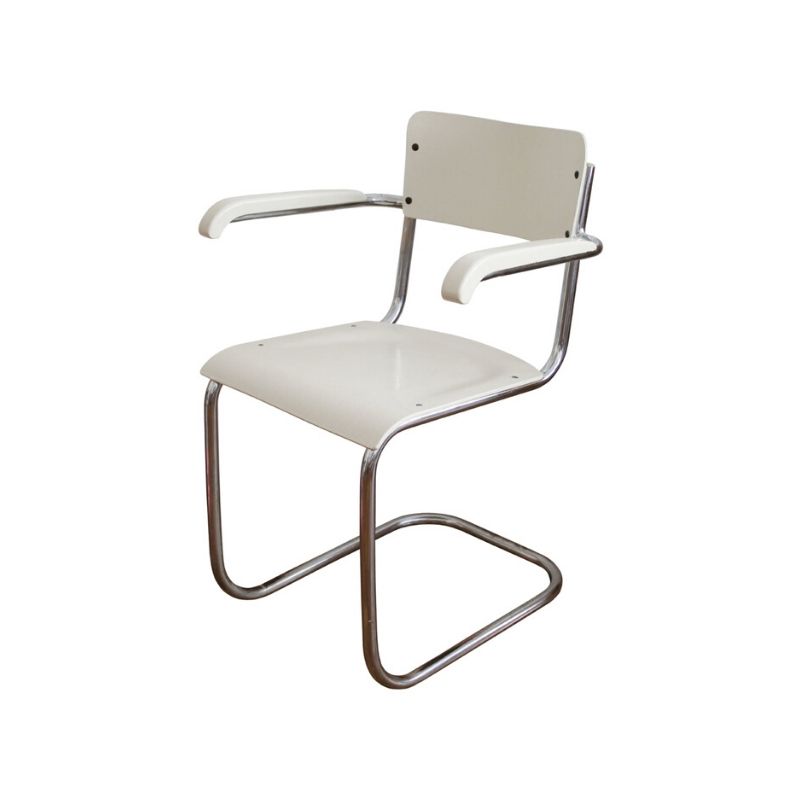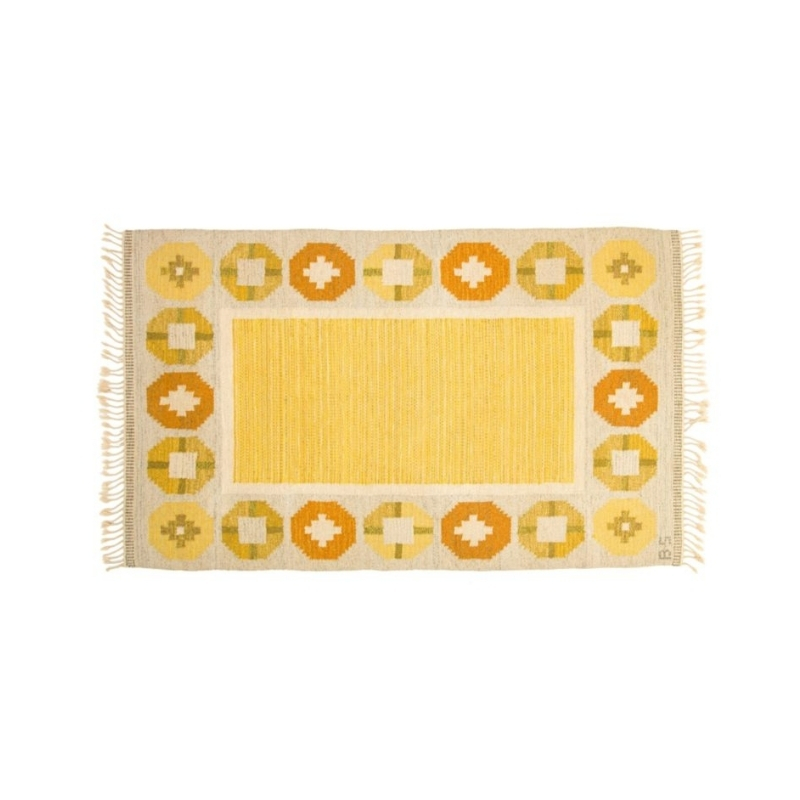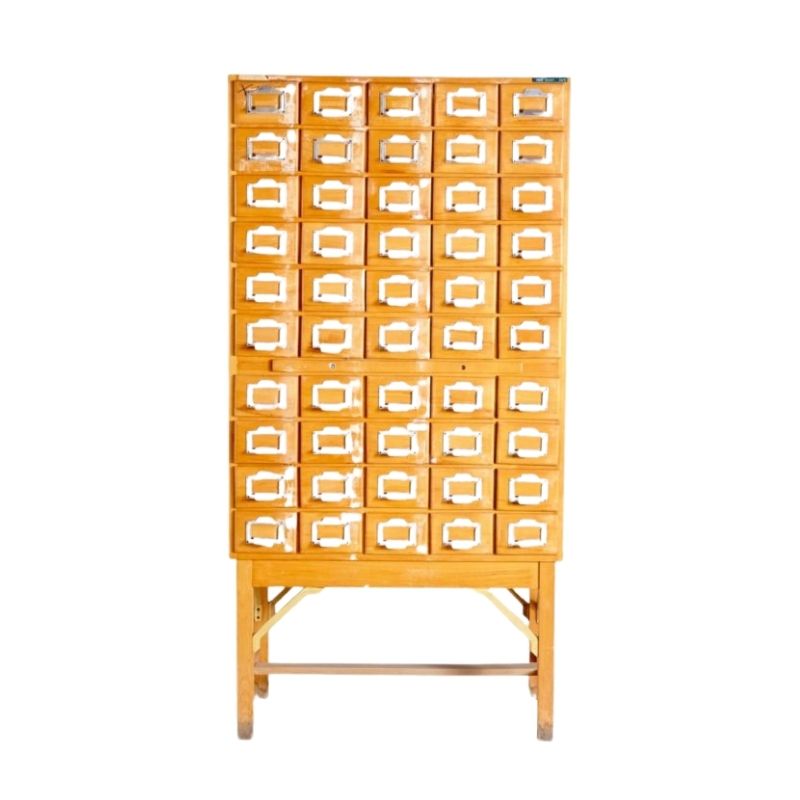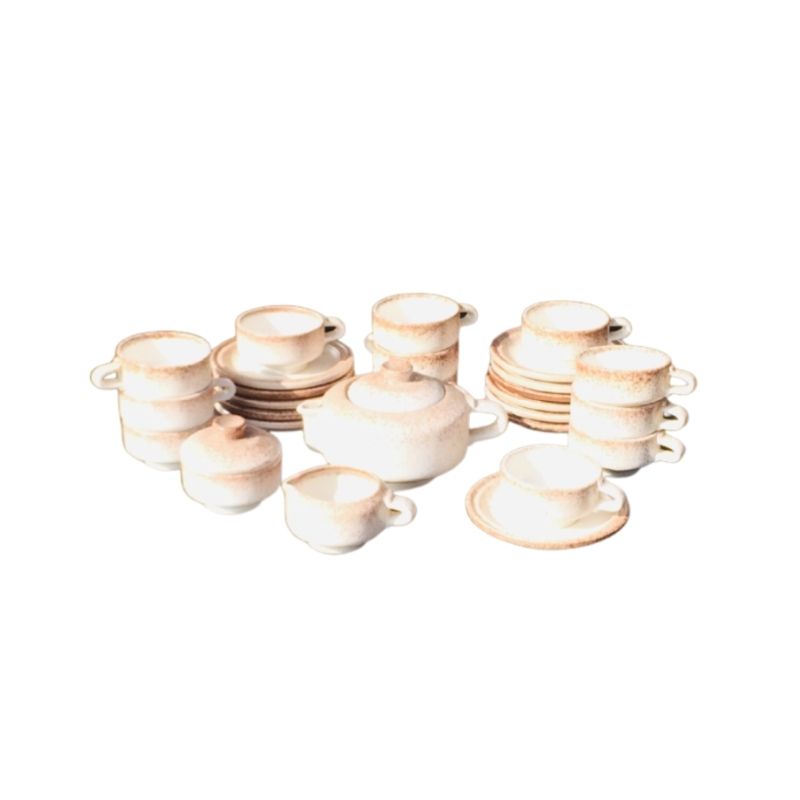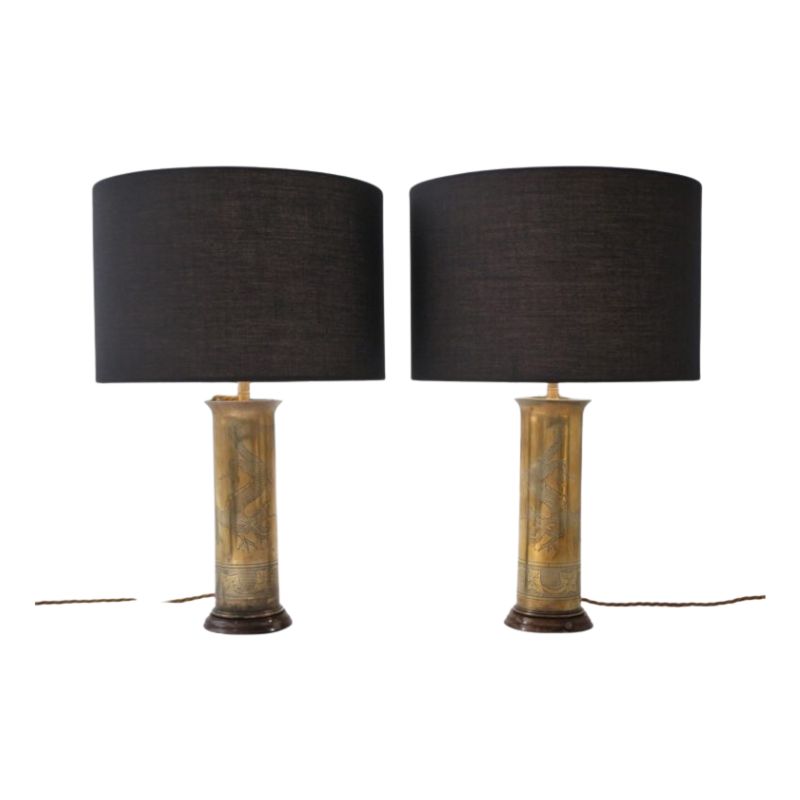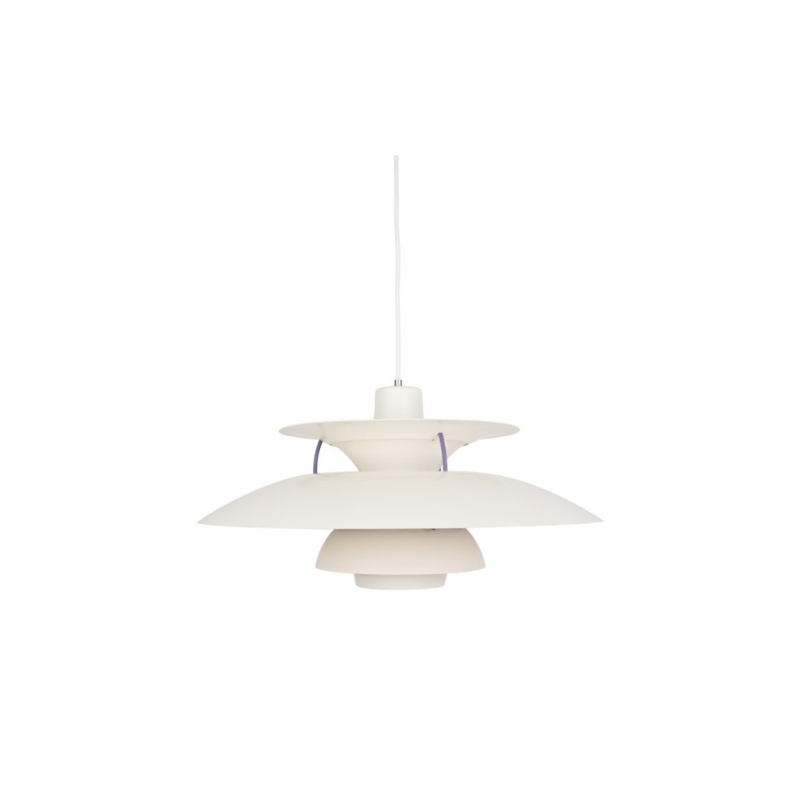I have only seen two of Gehry's buildings in person...
One, at Grant Park in Chicago and the Disney Concert Hall. Both look rather stunning in person and photograph really well. BUT, when you walk around them, they look like a rollercoaster ride of scaffolding propping them up. I would not have a problem whatsoever with Gehry's buildings if the exteriors translated to equally intriguing spaces, on "the other side" of them. The two examples I have seen did not. Watching "Sketches of Frank Gehry" made me like his work even less. I also really feel like architecture as a MEDIUM seems irresponsible in some cases, these two in particular, unless of course those that funded these projects didn't care. His work just seems wasteful to me, but I'm a nobody with no money so...there that is...
I think you make a fair case against Gehry...
Some of his work looks like a person with an intuition about where he is going, and what he is trying for.
I went from being a fan to being disappointed in his recent buildings, because I felt the metaphors he was achieving had grown disconnected from design elegance.
When I see his buildings where it is deformation for deformation's sake, especially when, as you correctly point out, many of the surfaces are simply appended ornamentation on a large scale pretending to be parts of the building itself, rather than little adornments, then I find it wasteful to the max and dislike his work.
But when I find him exploring deformity that is organic to his space; that is, where the deformity is part of the walls and roof so to speak, then I think he is exploring something worthwhile.
Do I respect Renzo Piano's engineered functionalism vastly more? Yes.
But I think Gehry trying to develop a form language of deformity is one of the greatest stretches in form language I have seen architects make, since perhaps the age of the Gothic.
In fact, I am beginning to think that what Gehry is working on is contemporary civilization's first rudimentary attempts an equivalent of the Gothic.
The Gothic was fundamentally about elegant grotesque.
I think Brutalism was the most recent attempt at articulating a contemporary gothic.
I feel that Gehry is pioneering another attempt at a contemporary gothic.
barrypea...
"Formity" and "deformity" are two concepts I articulated some time back on DA to help distinguish designs that I thought did not fit well under the rubric of "deconstructivist."
No doubt some designs are deconstructivist. The term to me refers to any kind of design that composes in disassembled elements of recognizable rational forms (i.e., the parts of a cube, the parts of a grids, etc.
A deconstruction is the opposite pole of a construction.
A deformity is likewise the opposite pole of a formity.
But the distinction between a deformity and a deconstruction, at least to me, is that deformity is composition through the distorting of an intact, constructed form, where as a deconstruction is, as I said above, a composition using the disassembled elements of a formerly intact, constructed form.
Consider these hyper literal explanations.
If I heat and melt and twist a cubic form so that it sags, or slouches in an interesting way; that is composing a deformist design.
If I disassemble the component parts of a cubic form and then reassemble them in surprising ways that some how still communicate that they are the rearranged parts of a cubic form; that is deconstructivist design.
Please accept my apologies for laboring over the definitions, but I am trying to distill and clarify them not only for you, but for me. 🙂
Part 2
Now for Pesce.
Though he partakes in deconstruction in some projects, deformity in others, and both in some, these concepts seem not ends in themselves. He uses these concepts, and probably many others I am not sophisticated enough recognize, to attain designs with a visual rhythm, usually a rhythm that transitions horizontally, or vertically.
By visual rhythm, I mean what one sees in a Piet Mondrian painting of a certain phase in Mondrian's career when he was painting black, irregular grids on white back grounds and then filling in grid spaces intermittently with two, or three, primary colors to convey a sense of visual rhythm as the goal of the composition. Pesce seems to orchestrate quite a variety of design form languages/idioms, materials, and colors, in pursuit of progressive, transitioning visual rhythm in either the horizontal, or vertical axis.
Distilled, Pesce is doing some deconstruction and some deformation, plus some construction combining deformed and formed parts in pursuit of a transitioning visual rhythm.
Sofa Notturno--deconstructing rectalinear elements of a sofa and recomposing them to achieve a horizontal visual rhythm.
Table Sansonedue--a construction composed of deformed (and defaced)rectangular table top, standing on rational, cylindrical legs attached to deformed hemispheres for feet. the rhythmic transition takes place on the vertical axis.
Sofa Feltri--a mix of low constructed cubic form transitioning up a vertical axis into deformation.
Modular sofa Cannaregio--deconstructed rectilinear elements with some recurrent deformity patterns on seat backs and use of off-white, black, white, color sequencing to create rhythm along horizontal access.
Chairs Daliauno, Daliadue, Daliatre--heavy use of deformity and probably an attempt to use the high relief points the chair as Mondrian used colors, but it was too subtle for anyone but him to notice, so he got on with less subtle used of colors and forms to imbue the product with the visual rhythm he strives to convey.
Best I can do. As many know here, I'm an amateur.
If you need any help, please contact us at – info@designaddict.com



